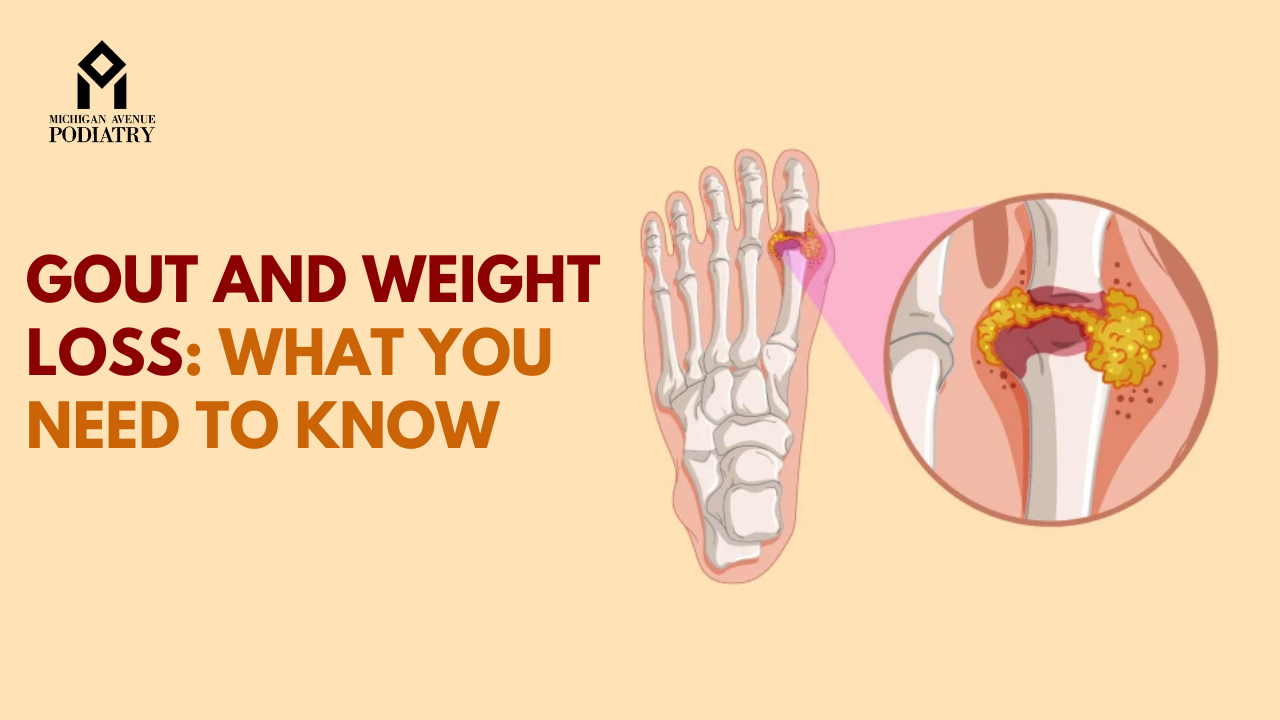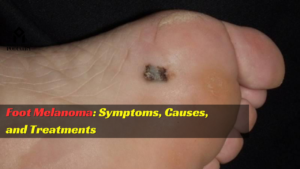Gout, a form of arthritis, has long been associated with pain, swelling, and stiffness in the joints, particularly the big toe. While various factors contribute to its onset, the correlation between gout and weight is increasingly under scrutiny. In this comprehensive exploration, we delve into the intricate relationship between gout and weight loss, shedding light on how lifestyle changes can alleviate symptoms and improve overall podiatric health.
Gout and Weight Loss The Connection You Need to Know
Understanding Gout:
Before delving into the correlation between gout and weight loss, it’s crucial to understand the nature of this debilitating condition. Gout is characterized by the buildup of uric acid crystals in the joints, leading to inflammation and intense pain. While genetics and dietary choices play significant roles in its development, obesity emerges as a prominent risk factor.
The Weight-Gout Nexus:
Mounting evidence suggests that excess weight significantly increases the risk of developing gout. Adipose tissue contributes to elevated levels of uric acid, fostering the perfect environment for crystal formation in the joints. Moreover, obesity exacerbates inflammation, amplifying the severity of gout attacks and complicating treatment.
Role of Weight Loss in Gout Management:
The relationship between gout and weight loss extends beyond mere correlation; it presents a promising avenue for effective management and symptom alleviation. Shedding excess pounds not only reduces uric acid levels but also eases pressure on the affected joints, providing relief from pain and discomfort.
Strategies for Weight Loss:
Embarking on a weight loss journey requires a multifaceted approach encompassing dietary modifications, physical activity, and lifestyle adjustments. Adopting a balanced diet rich in fruits, vegetables, lean proteins, and whole grains can promote weight loss while mitigating gout symptoms. Regular exercise not only aids in weight reduction but also enhances joint flexibility and overall podiatric health.
The Podiatric Perspective:
Foot health plays a pivotal role in the management of gout, with podiatrists offering invaluable insights and interventions. Foot melanoma, although distinct from gout, underscores the importance of podiatric care in addressing diverse foot-related ailments. Podiatrists possess specialized knowledge and skills to diagnose, treat, and prevent conditions such as gout, melanoma, and other podiatric concerns.
Foot Melanoma and Podiatrists:
While gout primarily affects the joints, foot melanoma underscores the significance of vigilant foot care and professional intervention. Podiatrists play a crucial role in the early detection and treatment of foot melanoma, emphasizing the importance of regular foot examinations and prompt medical attention.
Conclusion: In conclusion, the link between gout and weight loss transcends mere speculation, offering tangible benefits for symptom management and overall podiatric health. By embracing healthy lifestyle choices and seeking professional podiatric care, individuals can alleviate the burden of gout while safeguarding against potential foot complications such as melanoma. Remember, proactive measures today pave the way for a healthier, pain-free tomorrow.




Hello my friend! I want to say that this article is awesome, nice written and come with almost all significant infos I¦d like to see extra posts like this